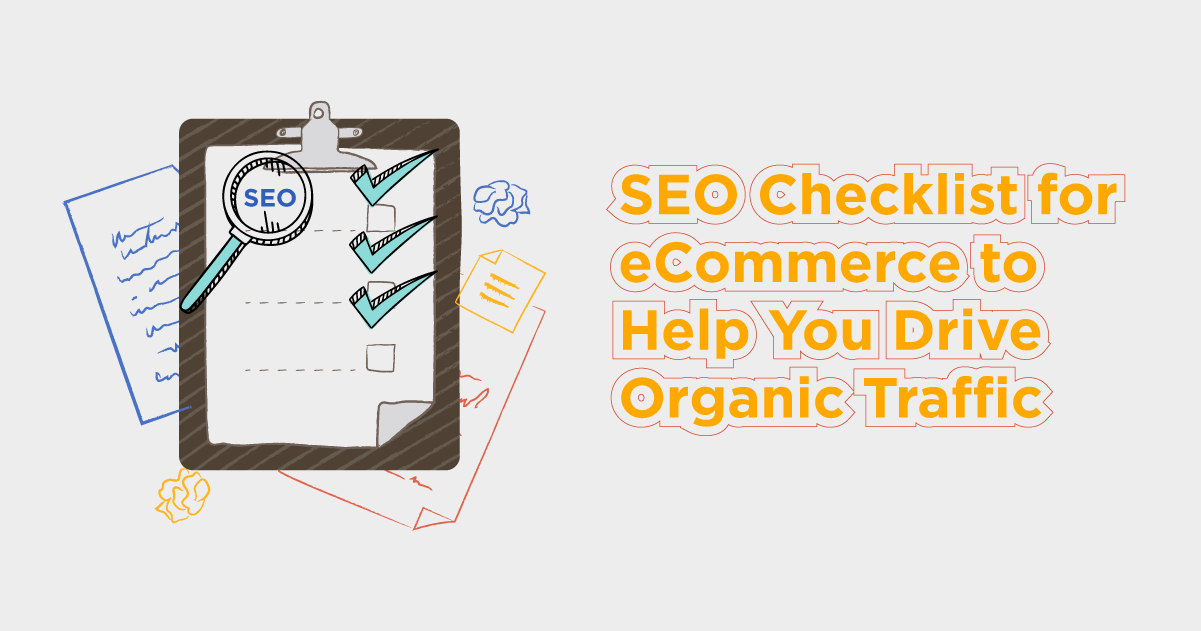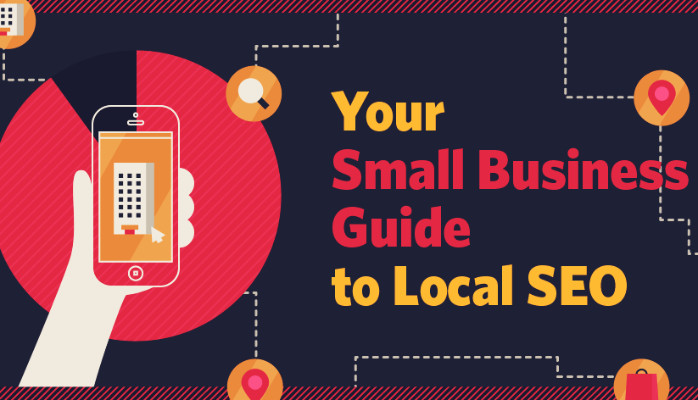In the world of e-commerce, search engine optimization (SEO) is crucial for attracting new customers, increasing sales, and growing your business. One of the most important aspects of e-commerce SEO is effective keyword research and optimization.
Keywords are the foundation of SEO, and finding the right ones for your e-commerce store ensures that your products appear in front of potential customers when they search for relevant terms.
In this guide, we’ll break down how to conduct keyword research for e-commerce, the types of keywords you should focus on, and how to use them to improve your store’s visibility and drive more organic traffic.
Why Keywords Matter for E-Commerce SEO
Keywords are what people type into search engines when they are looking for products, information, or services.
In e-commerce, keywords help match user intent with your products, leading potential customers directly to your store.
Optimizing your website with the right keywords ensures that your store ranks for relevant searches, making it easier for customers to find and purchase your products.
Benefits of effective keyword optimization:
- Higher Search Rankings: Targeting the right keywords helps your store appear at the top of search engine results, increasing visibility.
- Increased Organic Traffic: Keywords drive traffic from users actively searching for products you sell, which can lead to higher conversion rates.
- Improved User Experience: By matching the right keywords to user intent, you create a smoother shopping experience, improving customer satisfaction.
Types of E-Commerce SEO Keywords
There are different types of keywords that you should target in your SEO strategy. Understanding these types will help you create a more comprehensive approach and improve your chances of ranking for a variety of search queries.
1. Short-Tail Keywords (Head Keywords)
Short-tail keywords are broad, one- or two-word phrases with high search volume. They are highly competitive because they target general search terms.
Examples:
- “Running shoes”
- “Smartphones”
- “Men’s jackets”
Why they matter: Short-tail keywords are valuable because of their high search volume, but they can be difficult to rank for due to intense competition. They are often too broad to indicate clear purchasing intent but are good for building brand awareness.
2. Long-Tail Keywords
Long-tail keywords are more specific, longer search phrases that usually contain three or more words. These keywords have lower search volume but higher intent, as users searching for long-tail keywords are often closer to making a purchase.
Examples:
- “Best running shoes for flat feet”
- “Affordable smartphones under $500”
- “Waterproof men’s winter jackets”
Why they matter: Long-tail keywords are easier to rank for and often have higher conversion rates. Since they target specific products or features, they align better with user intent and attract visitors who are more likely to buy.
3. Product-Specific Keywords
These are keywords that focus on specific products you sell. They often include the product name, model, or brand. Product-specific keywords are typically long-tail keywords and have higher conversion potential.
Examples:
- “Nike Air Zoom Pegasus 37 running shoes”
- “Apple iPhone 13 128GB”
- “North Face men’s waterproof parka”
Why they matter: Customers searching for product-specific keywords usually have high purchasing intent, making them more likely to convert once they land on your site.
4. Branded Keywords
Branded keywords include your store’s name or specific brands that you carry. Optimizing for branded keywords ensures that your site ranks when users search for your brand or products you sell.
Examples:
- “Adidas running shoes”
- “Samsung smartphones”
- “Best Buy electronics”
Why they matter: Branded keywords have lower competition and typically higher intent since users are already familiar with the brand. These keywords help build trust and increase brand recognition.
5. Transactional Keywords
Transactional keywords are those used by customers who are ready to make a purchase. They often include words like “buy,” “discount,” or “free shipping.” These keywords directly signal intent to complete a transaction.
Examples:
- “Buy waterproof hiking boots online”
- “Best deals on gaming laptops”
- “Order electric toothbrush with free shipping”
Why they matter: Transactional keywords target users who are at the bottom of the sales funnel and ready to make a purchase, making them crucial for driving sales.
How to Conduct Keyword Research for E-Commerce SEO
Keyword research helps you identify the best keywords to target for your store. Follow these steps to perform effective keyword research for e-commerce SEO.
1. Identify Your Products and Categories
Start by making a list of your products and categories. Think about how customers would search for these products. For example, if you sell fitness equipment, you might have categories like “treadmills,” “dumbbells,” or “resistance bands.”
Steps:
- Break your store into major product categories and subcategories.
- List specific products within each category.
- Think about what terms potential customers would use to search for these products.
2. Use Keyword Research Tools
Keyword research tools can help you discover high-volume, relevant keywords and give you insights into how competitive those keywords are.
Popular tools for e-commerce keyword research:
- Google Keyword Planner: Provides keyword ideas and search volume based on your products and categories.
- SEMrush: Offers detailed keyword analysis, search volume, competition, and keyword difficulty.
- Ahrefs: Allows you to research keywords, analyze competitor rankings, and discover related keywords.
- Ubersuggest: A free tool for finding keyword ideas and evaluating search volume and SEO difficulty.
Steps:
- Enter your product categories or specific product names into the tool.
- Find a mix of short-tail and long-tail keywords relevant to your products.
- Analyze search volume, competition, and keyword difficulty to prioritize which keywords to target.
3. Analyze Competitor Keywords
Competitor analysis helps you find keyword opportunities you may have missed. Look at the keywords your competitors are ranking for to get ideas for your own store.
Steps:
- Use tools like SEMrush, Ahrefs, or Moz to analyze your competitors’ websites.
- Identify which keywords they rank for and whether you can compete for those keywords.
- Look for gaps where your competitors are ranking, but you aren’t, and target those keywords.
4. Focus on Search Intent
Search intent refers to the reason behind a search query. Understanding search intent helps you target keywords that match the user’s needs at different stages of the buying journey—whether they’re looking for information, comparing products, or ready to make a purchase.
Types of search intent:
- Informational: Users are looking for answers or information (e.g., “how to clean leather shoes”).
- Navigational: Users are trying to find a specific website or brand (e.g., “Nike official store”).
- Transactional: Users are ready to make a purchase (e.g., “buy leather shoes online”).
Steps:
- Match keywords to different stages of the buying journey.
- Prioritize keywords with transactional intent to drive conversions, but don’t ignore informational keywords that can lead to future sales.
5. Long-Tail Keyword Targeting
Targeting long-tail keywords should be a priority for your e-commerce SEO strategy. These keywords may have lower search volume, but they are often more specific and come with less competition, leading to higher conversion rates.
Steps:
- Use tools like Google’s autocomplete or AnswerThePublic to find common long-tail search phrases.
- Focus on keywords that include specific product details, customer problems, or buying criteria.
- Use long-tail keywords in product descriptions, meta titles, and blog content.
How to Use Keywords in Your E-Commerce SEO Strategy
Once you’ve conducted keyword research, it’s time to strategically implement them across your website.
1. Optimize Product Pages
Product pages are where you should focus most of your keyword optimization efforts.
Key areas to optimize:
- Title tags: Include your primary keyword in the title tag (e.g., “Buy Nike Air Max Shoes Online”).
- Meta descriptions: Write unique meta descriptions that include keywords and encourage users to click.
- Product descriptions: Use keywords naturally while providing valuable product details.
- Alt text for images: Use keyword-rich alt text to improve search engine visibility and image search rankings.
2. Optimize Category Pages
Category pages rank well for broader search terms and attract users at the start of their shopping journey.
Key areas to optimize:
- H1 and H2 headings: Use keywords in your headings to clearly identify the category (e.g., “Men’s Running Shoes”).
- Content sections: Add keyword-optimized content that describes the category and highlights featured products.
- Meta descriptions and titles: Include keywords in the meta data for each category page to improve rankings.
3. Create Keyword-Optimized Blog Content
Blog content is great for targeting informational and long-tail keywords. You can answer common questions, offer product guides, or create lists of product recommendations.
How to optimize blog posts:
- Write posts around common customer queries (e.g., “Best Winter Jackets for Extreme Cold”).
- Include keywords naturally in the content, headings, and meta descriptions.
- Link to relevant product or category pages within the blog post to drive traffic.
Final Thoughts
Keywords are the backbone of e-commerce SEO. By conducting thorough keyword research, understanding user intent, and optimizing your store’s product pages, category pages, and content, you can increase your store’s search engine rankings and drive more organic traffic.
Remember, SEO is a long-term strategy, so continuously monitor your keyword performance, adjust your strategy as needed.




